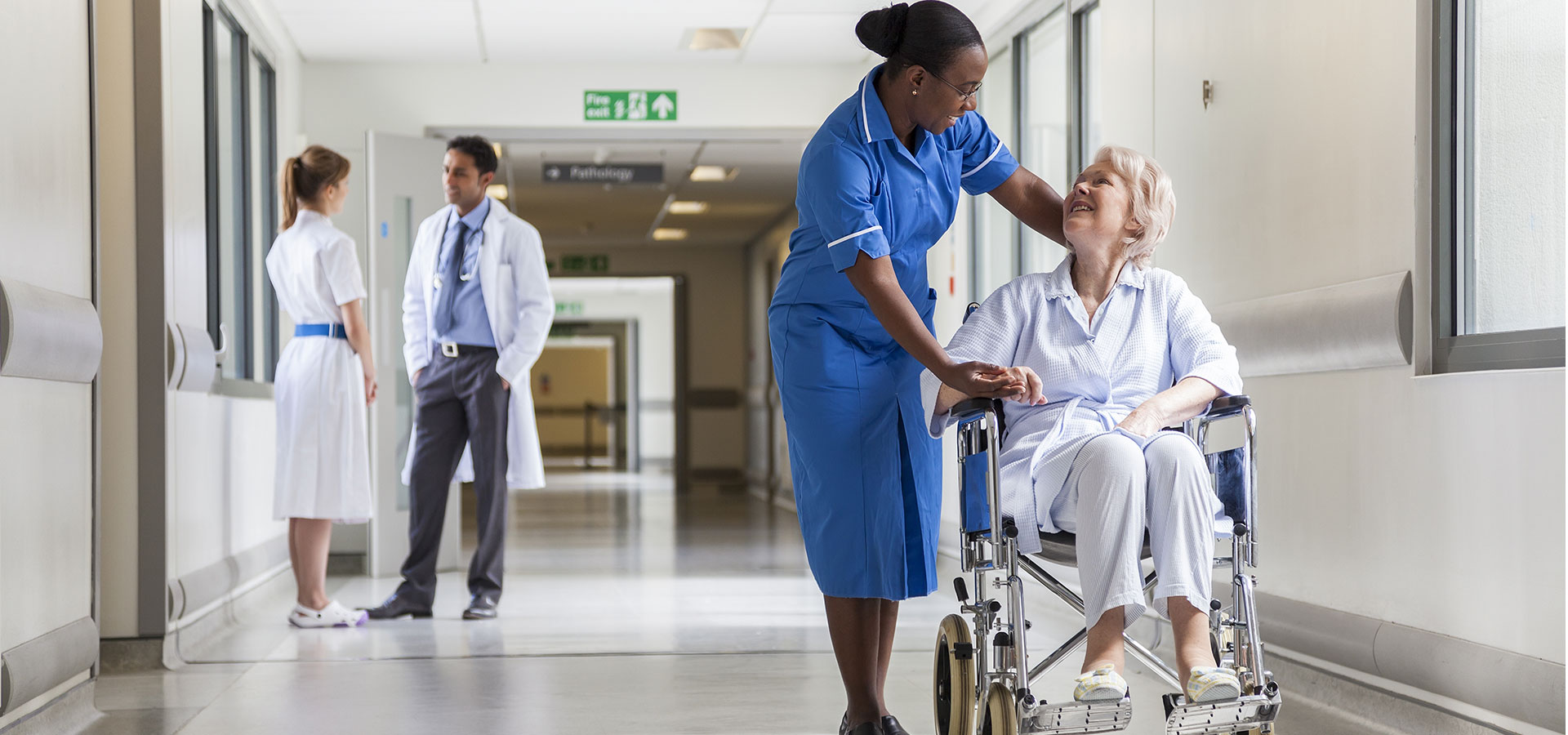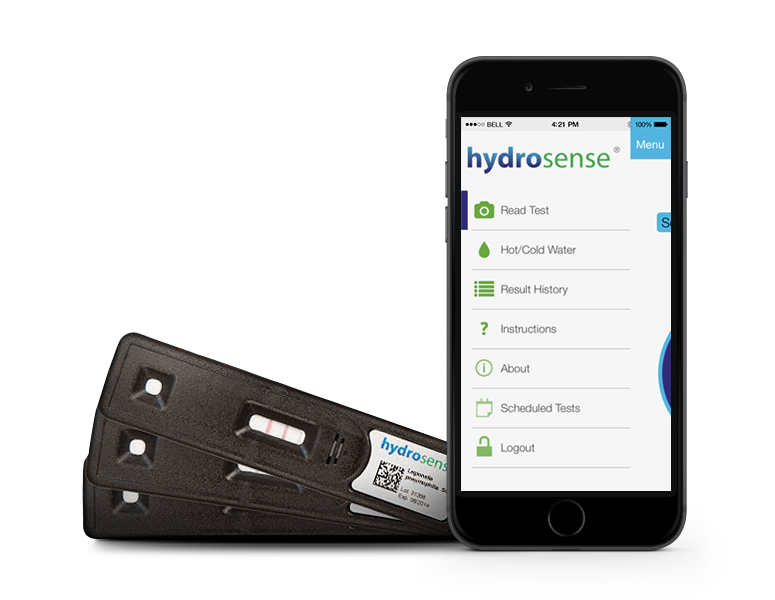
Hosptials & Care Homes
Hospital-acquired outbreaks of Legionnaires’ disease are occurring worldwide and appear to be increasing in frequency.
In healthcare facilities showers may be the main source of nosocomial legionellosis, but not the only one, as other water outlets such as humidifiers, respiratory devices and nebulisers that have been filled or cleaned with tapwater can also spread Legionella and have been reported as sources of infection.
Extensive networks of pipe surfaces also encourage Legionella to grow.
Areas of stagnation, water temperatures kept below 50 degrees C, the presence of amoeba and other bacteria used in piping systems, all create a huge risk.
Due to the nature of hospitals and nursing homes there is an increased risk of infection of vulnerable occupants. The Legionalla Control Association document, Control of Legionella in Hot and Cold Water Systems describes Legionnaires’ disease as ‘a potentially fatal form of pneumonia that can affect anybody, but principally affects those who are susceptible because of age, illness, immunosuppression, smoking etc.’ Therefore, it is extremely important that the risk is suitably controlled and monitored.
Every year patients contract Legionnaires disease in health care facilities all over the world. A proactive approach is both life-saving and less expensive in the long run, given the costs of litigation and unfavourable publicity.
The Hydrosense test identifies the presence of Legionella pneumophila serogroup 1 (LPSG1) in water. This LPSG1 strain has caused all serious outbreaks of Legionnaire’s disease. If LPSG1 is present in a hospital the inmates will certainly catch the disease. The faster the risk is identified the quicker remedial action can be taken to protect inmates.
The Hydrosense test is highly specific for serogroup 1. If this species of Legionella is detected, then you know you have a problem that needs to be dealt with.






